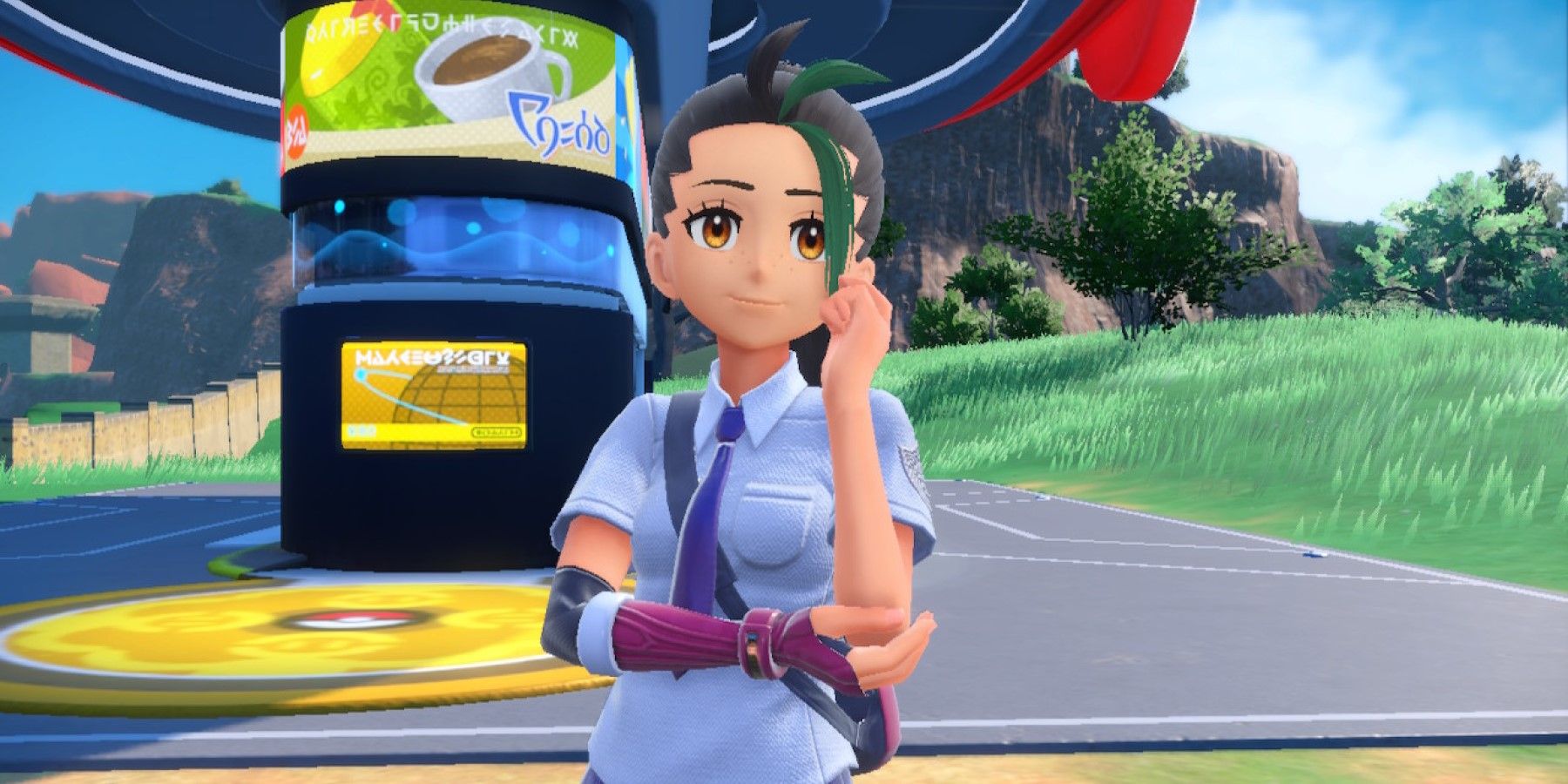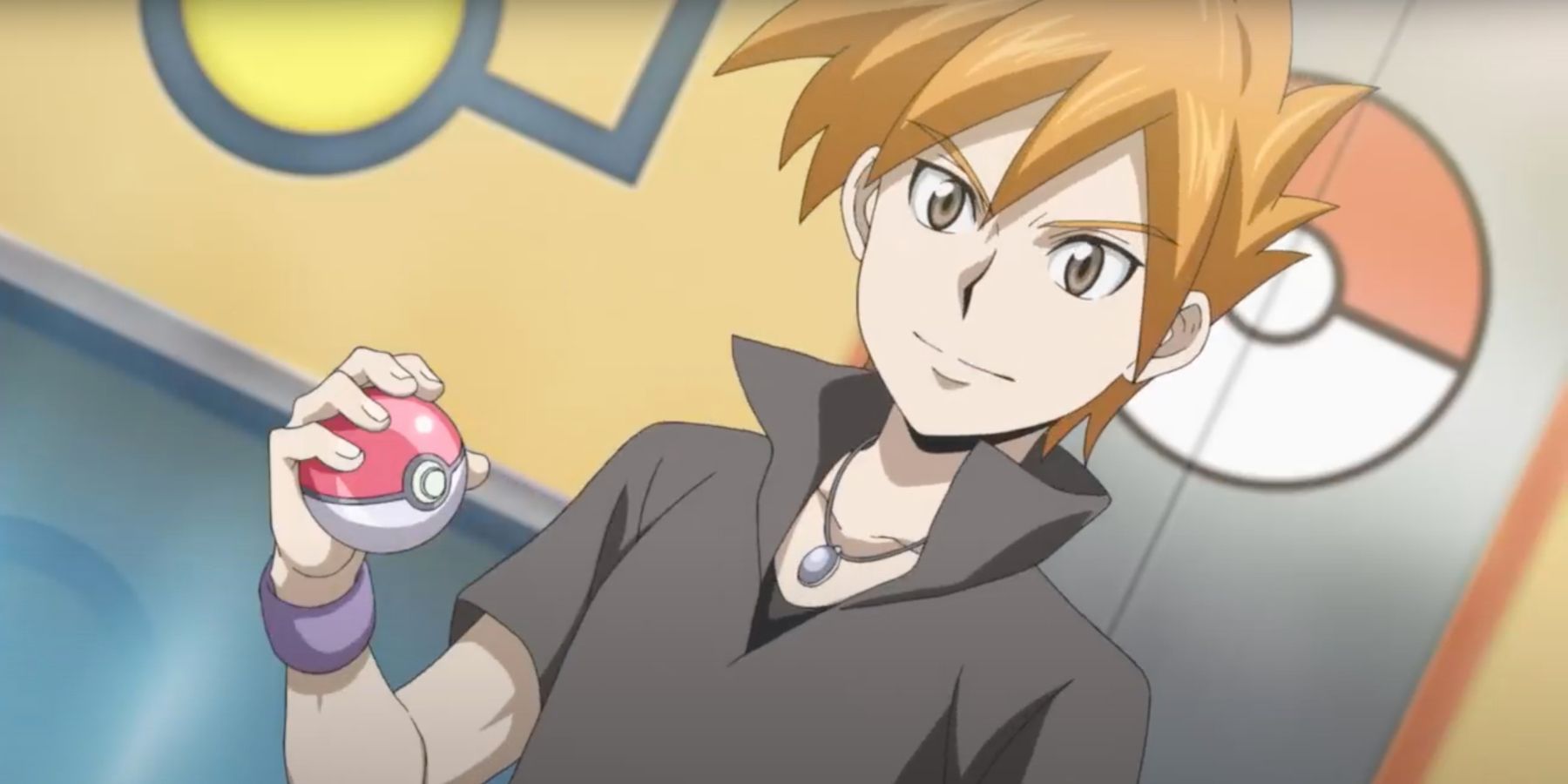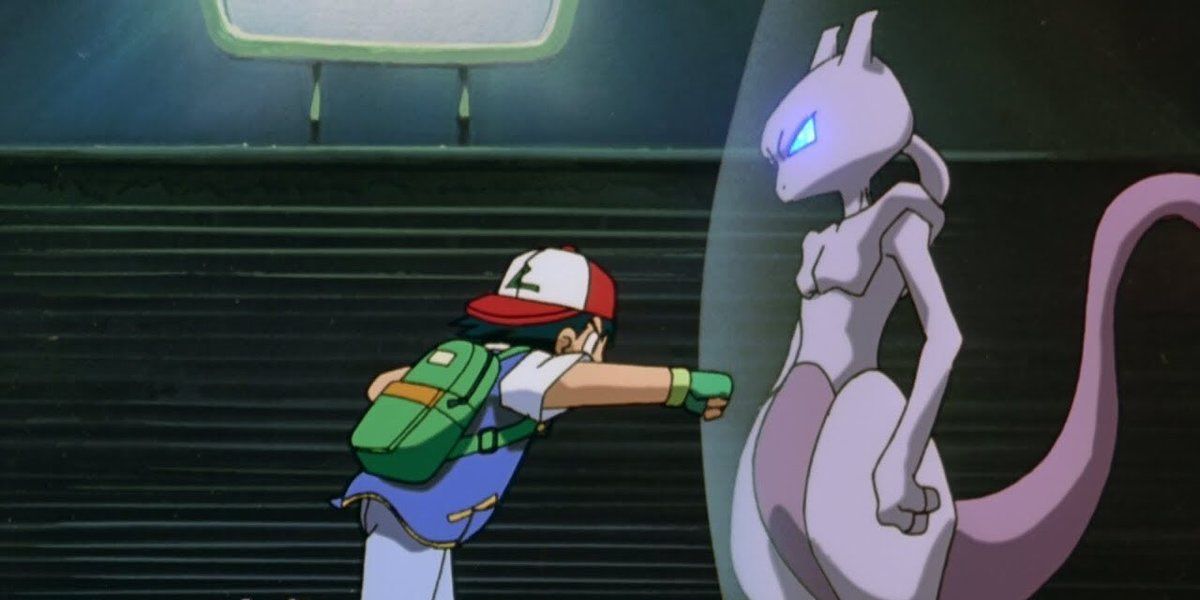Pokemon games have players going out on a journey to catch as many creatures as possible, train them up, and eventually become a Pokemon Master. Things are no different for Pokemon Scarlet and Violet. Players don’t go on the adventure alone, joined by a plethora of friends, and they get some help from Nemona, who is the game’s rival. It may be somewhat inaccurate to call her a rival, as she is more of a mentor who wants to see the player reach their full potential.
Although some players may miss having adversarial rivals, friendly rivals do serve their purpose. They prove that bullying is not a good motivator, nor does it help anyone. Instead, everyone would be better off if they had a support friend on their side instead. Thankfully, in Pokemon Scarlet and Violet, Nemona is the player's biggest cheerleader, and players can always count on her for well-needed words of encouragement.
The Rivals of Early Pokemon
In the first few Pokemon games, trainers are sent out at an alarmingly young age to explore the wild and take on creatures capable of breathing fire, controlling the weather, and causing Earthquakes. Fortunately, Trainers aren’t completely harmless, and they start their journey with a starter Pokemon that they can train up. Players aren’t the only ones with aims of becoming the greatest Pokemon Trainer that has ever been. They meet a rival, and they’re usually someone with a bad attitude and a love for insults.
In Pokemon Red and Green, that rival is Blue, who is the son of Professor Oak. Similarly, in Gold and Silver, the rival is Silver, the son of Giovanni. For the most part, gamers enjoyed the idea of having another Trainer out there on the same mission. It gives a sense of competition, and it motivates players to try their hardest so that they are never out-competed by their cocky competitors. However, rivals such as these can be quite mean, and they want to see the player fail in their quest. This is part of the reason why friendlier rivals have become the norm.
Pokemon Turns Its Back On Bullying
The prior games didn’t present bullying as a positive thing, as Silver and Blue are clearly antagonists. Nevertheless, these early examples seem to position bullying as a positive force that can be used to motivate and help people grow and become better. This is a very harmful message, and nobody should be subjected to bullying. The presence of bullying in these games is more shocking, as the characters in question are pre-teen children. More recent games in the series have mended this issue by abandoning the idea of having antagonist rivals. Instead, players have ‘rivals’ that instead work with players, root for them, and want the best for their Pokemon journey. This is best illustrated by Nemona who has completed her journey and now wants to mentor the player and help them reach their full potential.
Considering that Pokemon’s core audience is children, these changes are for the best. Kids get to see that being insulted and put down are not supposed to be normal parts of life. Instead, it encourages players to surround themselves with positive figures who support their dreams no matter how ambitious. Pokemon Scarlet and Violet still have their fair share of "nefarious" folks to deal with. Team Star is a group that players take down in the Starfall Street storyline, but deeply rooted in this story is a message against bullying, something far more suiting for Pokemon.
Pokemon Scarlet and Violet are available on Nintendo Switch.



